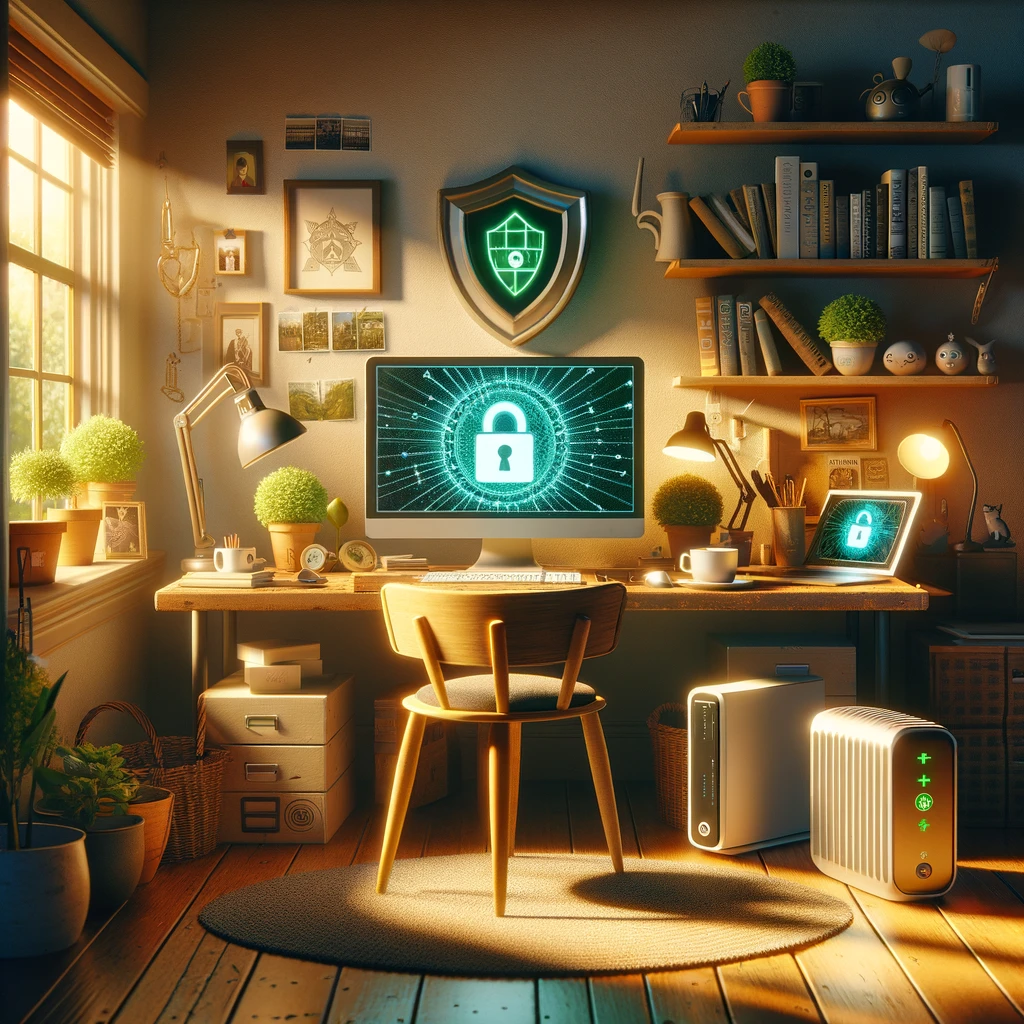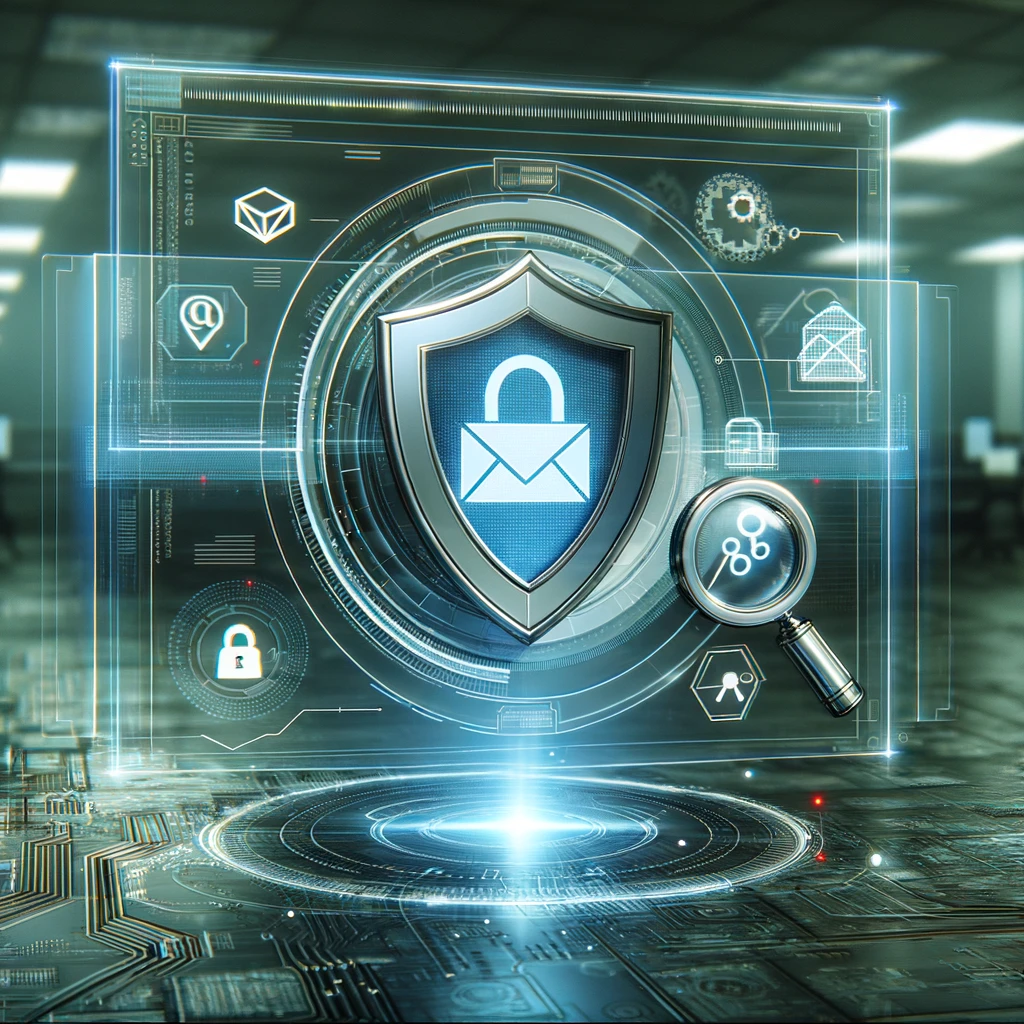
As remote work becomes increasingly prevalent in today’s digital landscape, organizations are faced with the challenge of ensuring the security of their remote work environments. With employees accessing corporate networks and sensitive data from outside the traditional office environment, the risks of cybersecurity threats, such as data breaches and unauthorized access, are heightened. In this blog post, we’ll discuss practical tips and best practices for both employees and employers to secure remote work environments effectively.
Tips for Employees:
- Secure Home Networks: Ensure that your home Wi-Fi network is secure by setting up strong passwords for your router and enabling encryption protocols such as WPA2 or WPA3. Avoid using default passwords and regularly update your router firmware to patch known vulnerabilities.
- Use Secure Connections: When accessing corporate resources from remote locations, utilize virtual private network (VPN) connections to encrypt data transmitted between your device and the corporate network. Avoid connecting to public Wi-Fi networks without using a VPN, as they may be susceptible to eavesdropping and man-in-the-middle attacks.
- Enable Two-Factor Authentication (2FA): Enable two-factor authentication (2FA) on all accounts and applications whenever possible to add an extra layer of security beyond just a password. 2FA requires users to provide a second form of verification, such as a code sent to a mobile device, in addition to their password, making it more difficult for unauthorized individuals to access your accounts.
- Update Software and Applications: Keep your devices, operating systems, and applications up to date with the latest security patches and updates. Enable automatic updates whenever possible to ensure that your devices are protected against known vulnerabilities and exploits.
- Use Strong and Unique Passwords: Create strong and unique passwords for all accounts and applications, using a combination of letters, numbers, and special characters. Avoid using easily guessable passwords or reusing passwords across multiple accounts, as this increases the risk of credential stuffing attacks.
- Be Cautious of Phishing Attacks: Exercise caution when clicking on links or downloading attachments in emails, especially if they appear suspicious or unexpected. Be vigilant for signs of phishing attempts, such as misspelled URLs, unsolicited requests for personal information, or urgent demands for action.
Tips for Employers:
- Provide Secure Remote Access: Implement secure remote access solutions, such as VPNs or remote desktop protocols (RDP), to enable employees to securely access corporate networks and resources from remote locations. Ensure that remote access solutions are configured with strong authentication mechanisms and encryption protocols to protect data in transit.
- Implement Endpoint Security Measures: Deploy endpoint security solutions, such as antivirus software, endpoint detection and response (EDR) tools, and mobile device management (MDM) solutions, to secure employee devices and protect against malware, ransomware, and other security threats.
- Enforce Security Policies and Procedures: Establish clear security policies and procedures for remote work, outlining expectations for employees regarding the use of company-issued devices, secure access protocols, data handling practices, and incident reporting procedures. Regularly communicate and reinforce security policies to employees to ensure compliance and awareness.
- Conduct Regular Security Awareness Training: Provide comprehensive security awareness training to employees, covering topics such as phishing awareness, password security, secure remote access practices, and data protection best practices. Encourage employees to stay informed about emerging cybersecurity threats and actively participate in cybersecurity training initiatives.
- Monitor and Audit Remote Access Activities: Implement monitoring and auditing mechanisms to track remote access activities and detect anomalous behavior indicative of potential security incidents. Monitor for signs of unauthorized access, unusual login attempts, or suspicious activity on remote devices and networks, and take prompt action to investigate and mitigate potential threats.
- Enable Remote Device Management: Implement remote device management solutions to enable IT administrators to remotely manage and secure employee devices, including applying security policies, enforcing encryption requirements, and remotely wiping or locking devices in the event of loss or theft.
By following these tips and best practices, both employees and employers can contribute to creating secure remote work environments that protect sensitive data, mitigate cybersecurity risks, and support productive and efficient remote work arrangements. With a proactive approach to cybersecurity and a shared commitment to security awareness and best practices, organizations can enable remote work while safeguarding against the evolving threat landscape in today’s digital world.

Penetra Cybersecurity is at the forefront of defending the digital frontier, providing cutting-edge solutions to protect businesses and organizations from the ever-evolving threats of the cyber world. Established with a mission to create a safer internet for everyone, Penetra leverages a blend of advanced technology, expert knowledge, and proactive strategies to stay ahead of cybercriminals.
Ready to take the next step towards a more secure future? Schedule a consultation with us today and discover how we can help protect what matters most to you. Don’t wait until it’s too late—with Penetra Cybersecurity, your business isn’t just secure; it’s imPenetrable.




